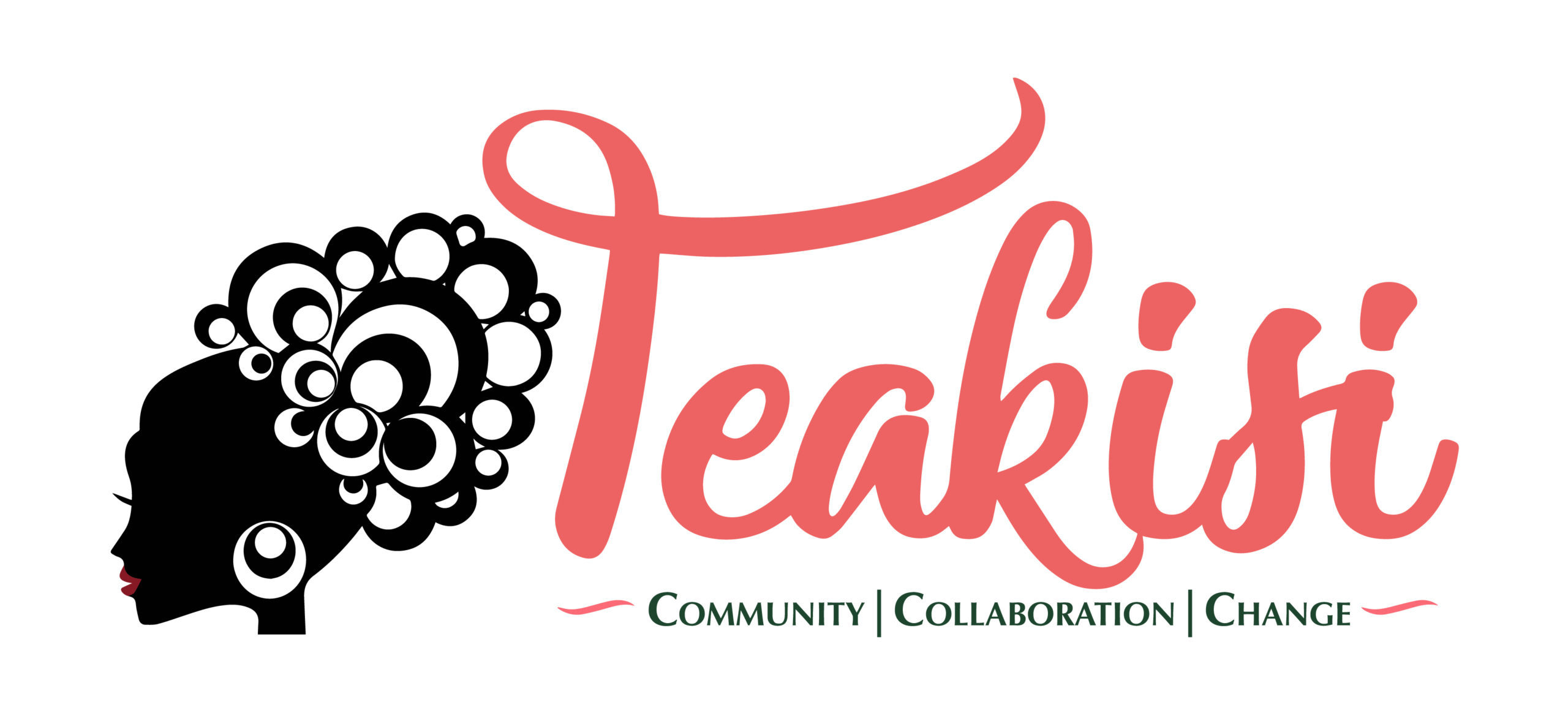Post by Kelly de Fogain
Often referred to as head handkerchief, turban, head tie or headscarf, the head wrap is an accessory commonly used by every Black woman. Present in many African nations, it’s only following the Great Recession that the use of head wraps resurged in the States, making it one of the most fashionable accessories in the African diaspora. Today, head wraps are seen and used everywhere and are becoming one of the trendiest African accessories on the planet.
Making its debut in the early 1700s in Africa, the head wrap has been a significant element of symbolism in the African and African-American cultures. The primitive whereabouts of the head wrap are unknown, but many are inclined to believe that it originated from Africa. Why must we mention it? Because we are engulfed in a world of cultural appropriation and mysteries need to be unwrapped. Pun intended. Today, the use of head wraps has reached a plethora of Western nations, thanks to globalization and cultural pan-Africanism. Despite a wide array of talented African creative directors and designers, Western designers have usurped (also known as Columbusing) styles and ideas true to the African aesthetic and reinterpreted them as their own. Previously worn by African men as a means to discern one’s social status or for women to evoke their spirituality, the head wrap is a fashion accessory that has been omnipresent for centuries. Today, African women are responsible for the fashionableness of this often colorful accessory around the globe. It is usually featured during lavish occasions such as weddings and galas but it also makes appearances during casual outings and other barren activities. Yoruba women for instance, are known for their love of colorful geles and their intricate way of trying them.
In the US, head wraps encountered some speed bumps. In The African American Women’s Headwrap: Unwinding the Symbols, Helen Bradley Griebel stated that head wraps were imposed by White overlords as a badge of enslavement. Furthermore, in certain areas of the South, the legislation required Black women to tie their hair in head wraps. However, slaves used this innocuous piece of clothing as a helmet of courage and to identify themselves through their own eyes, not the oppressor’s.
Until the 1940s, women wore head wraps in America mostly for functionality, to avoid getting strands of hair in their faces while working but also for self-identity and fashion. Then came the era of wigs and relaxers and the subsequent decline of head wraps. Its use became trivial in public settings as women opted to don the hair piece while cooking and cleaning. The same cannot be said for African women who continued to wear their geles with pride. The resurgence of head wraps on American soil occurred following the recession. Women had to forego certain luxuries such as going to the salon, in favor of homemade regimens to maintain a healthy scalp. As many resorted to the use of head wraps, there was a substantial demand for the product which led to several small businesses welcoming head wraps into the market.
Although the head wrap is embedded in African culture, it is with the help of a few African-American celebrities sporting the accessory that Americans embraced its usage. Today, many designers and small business owners offer collections of head wraps in stores and online. Women around the globe have adopted them as fashion accessories and as protective styles during the cold winter months.


I think I’ve always been a bit crazy about African culture, primarily because in townships there’s not much exposure to sure. It’s so amazing to think we are share the same things, in SA you wear a head wrap when you’re married and to show respect I guess. But the day I walk around with the Nigerian inspired one will be epic haha